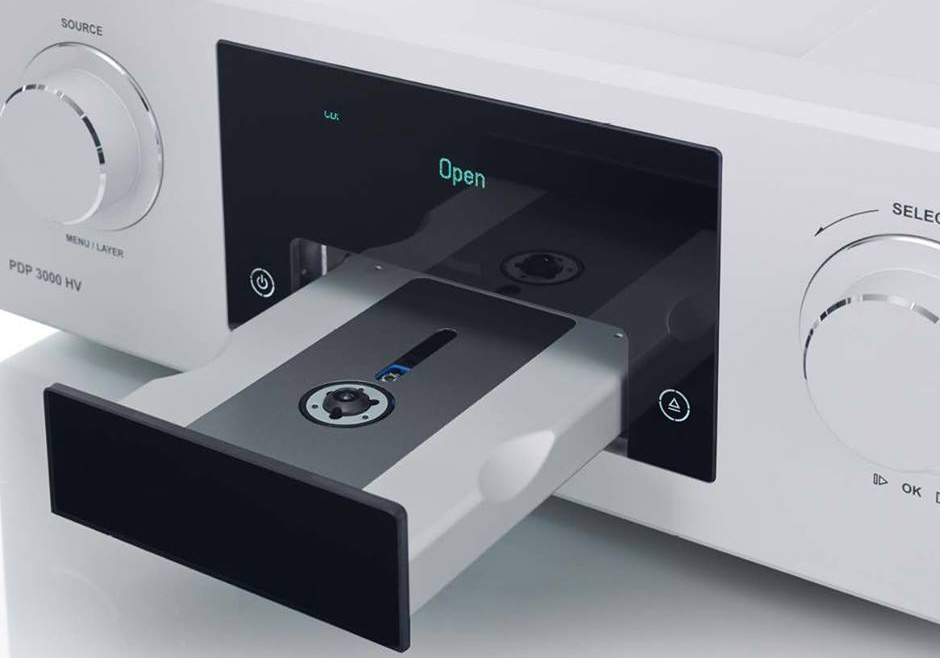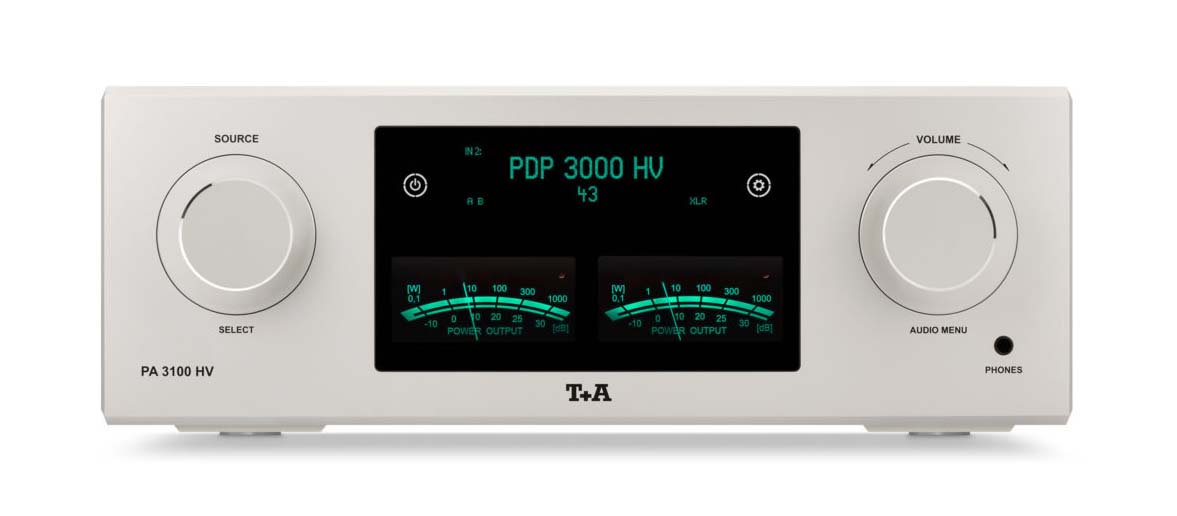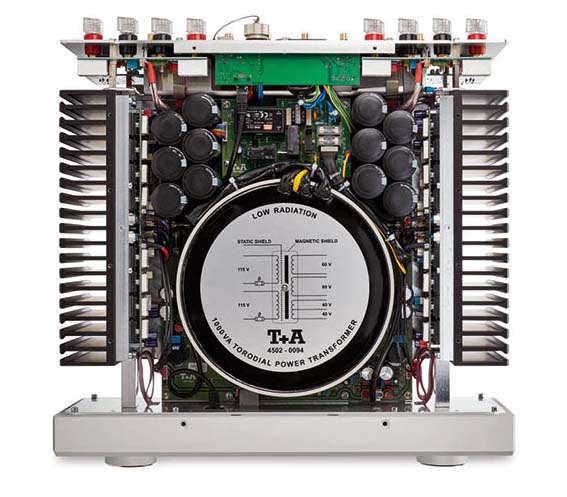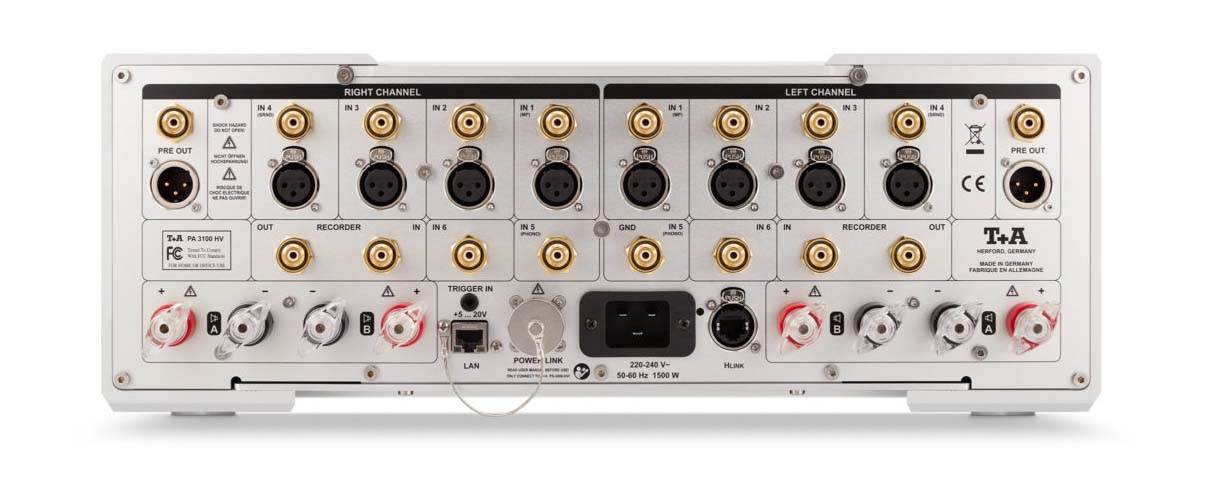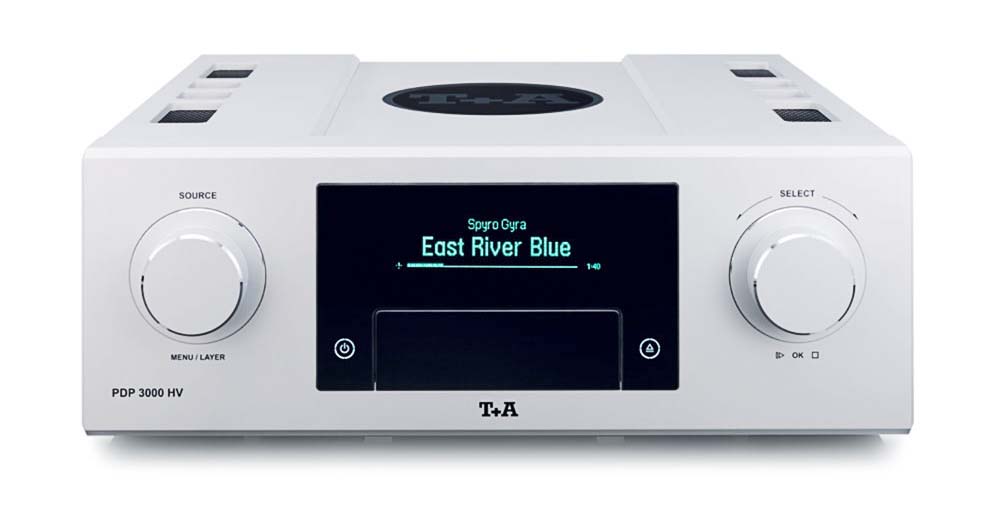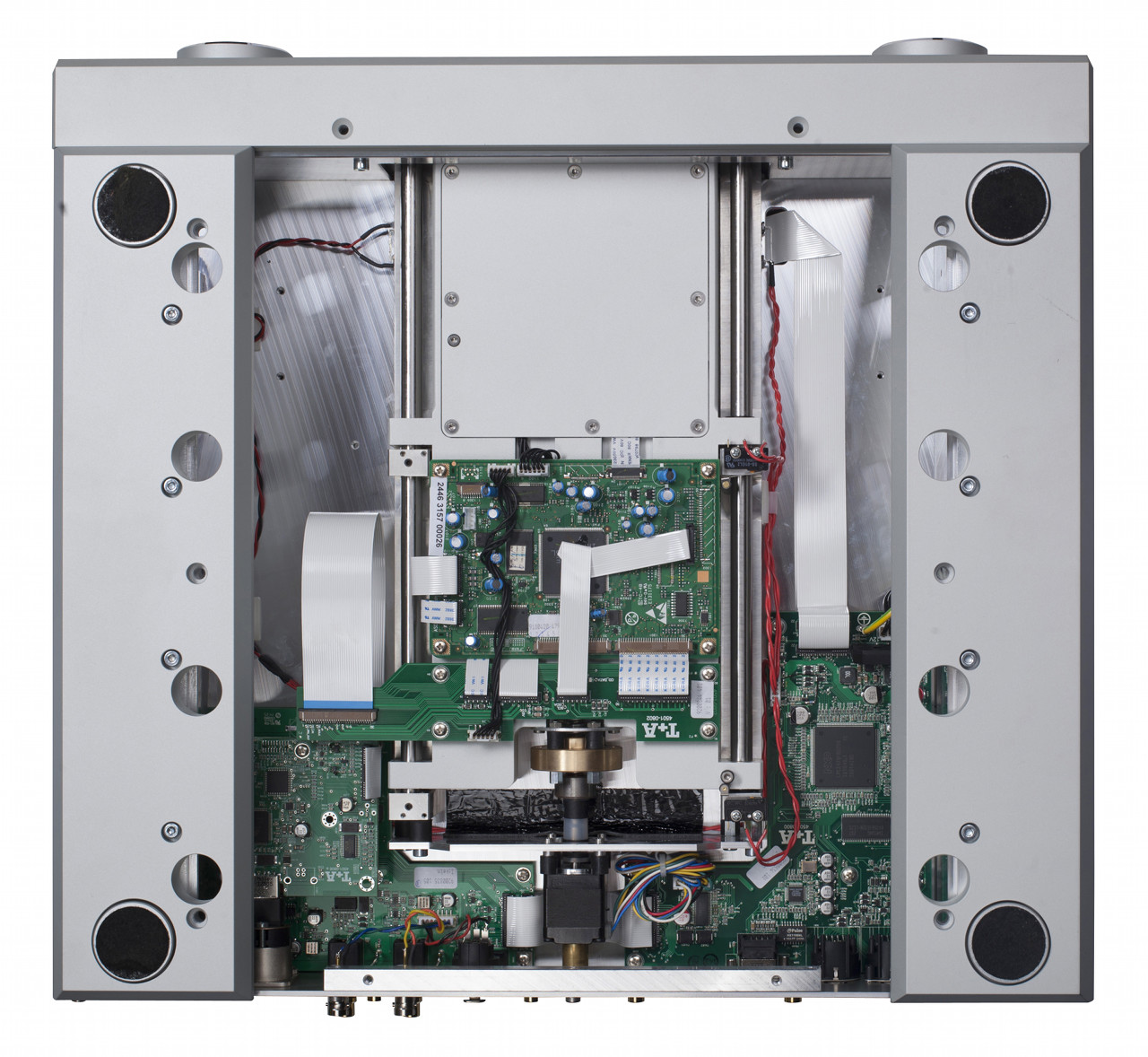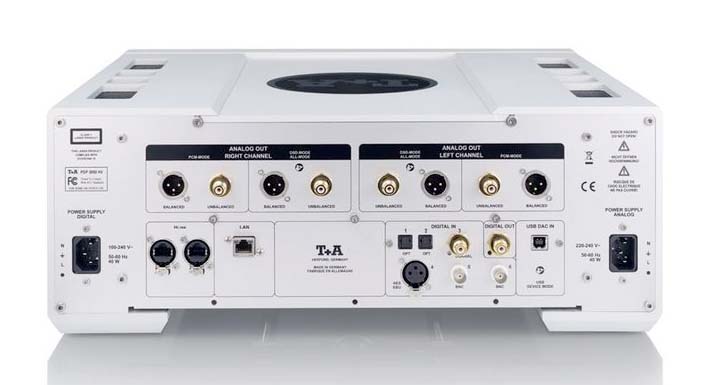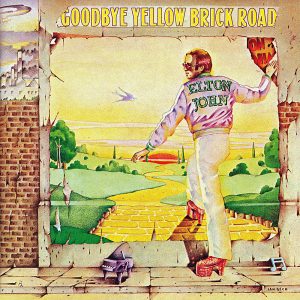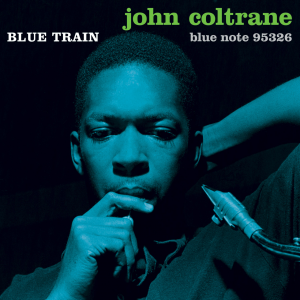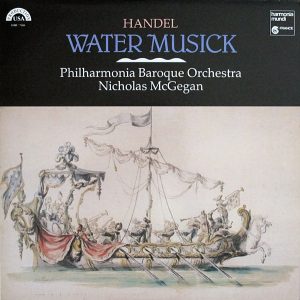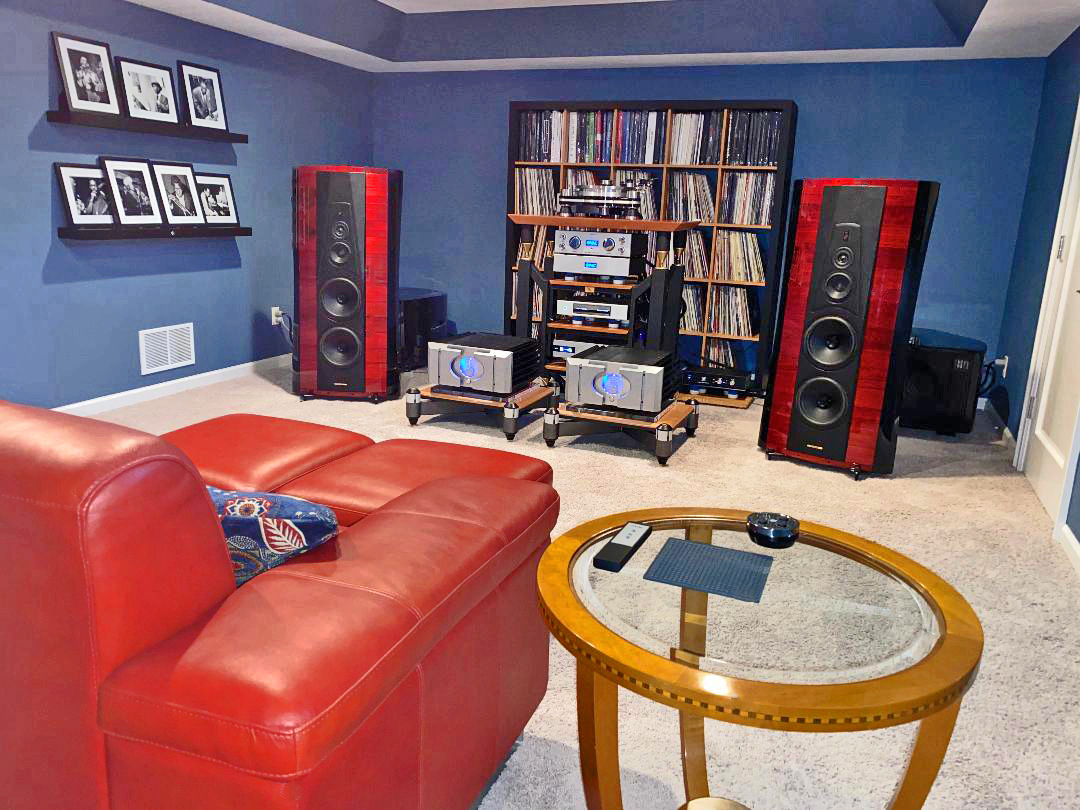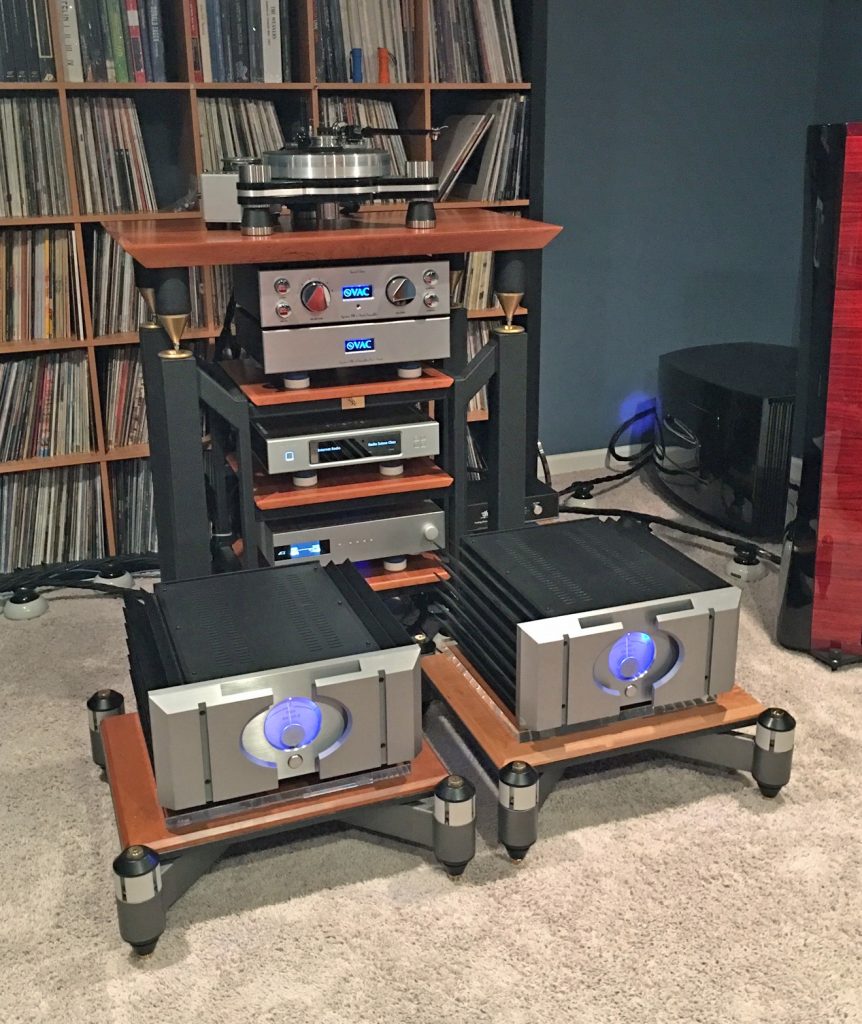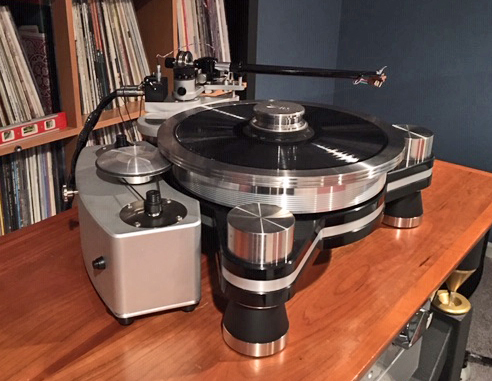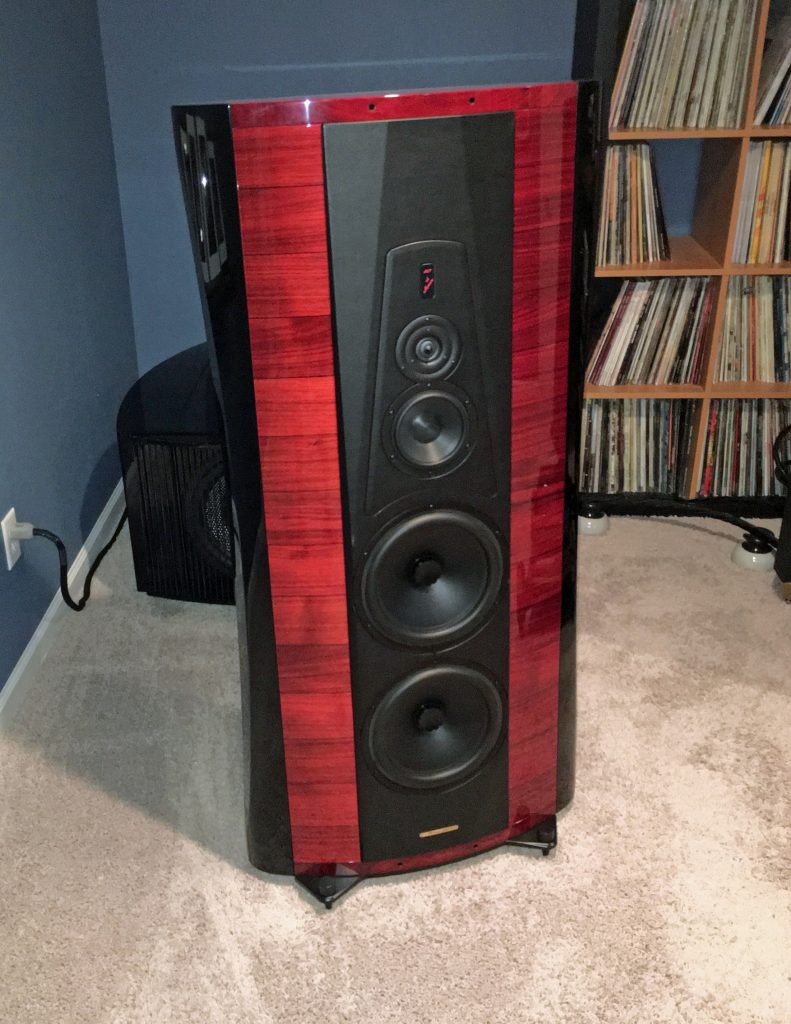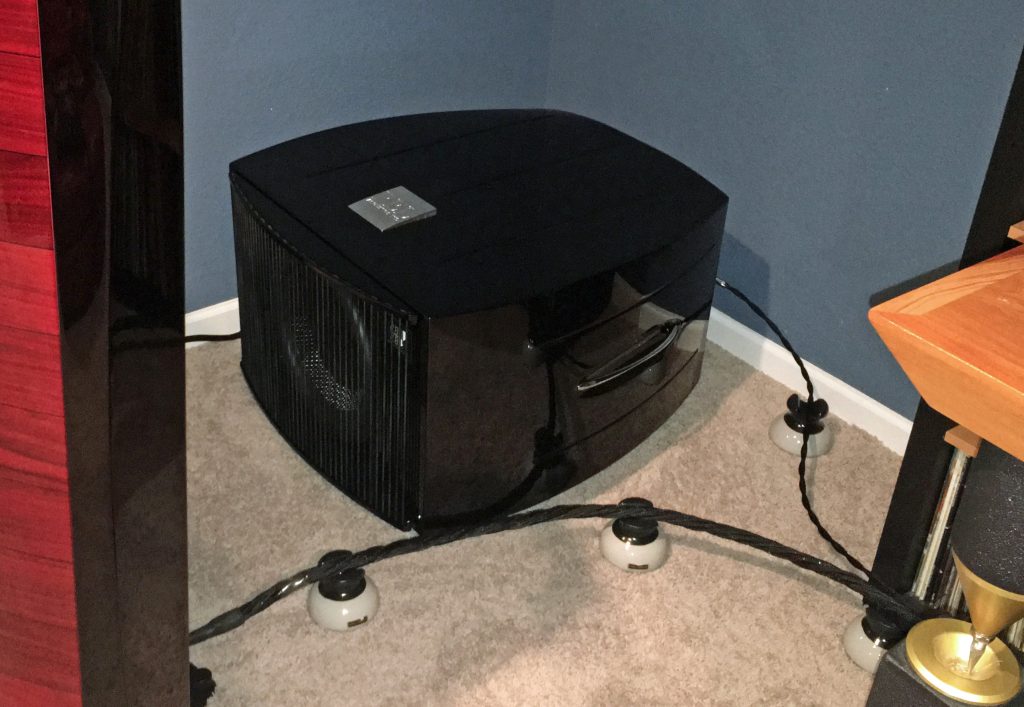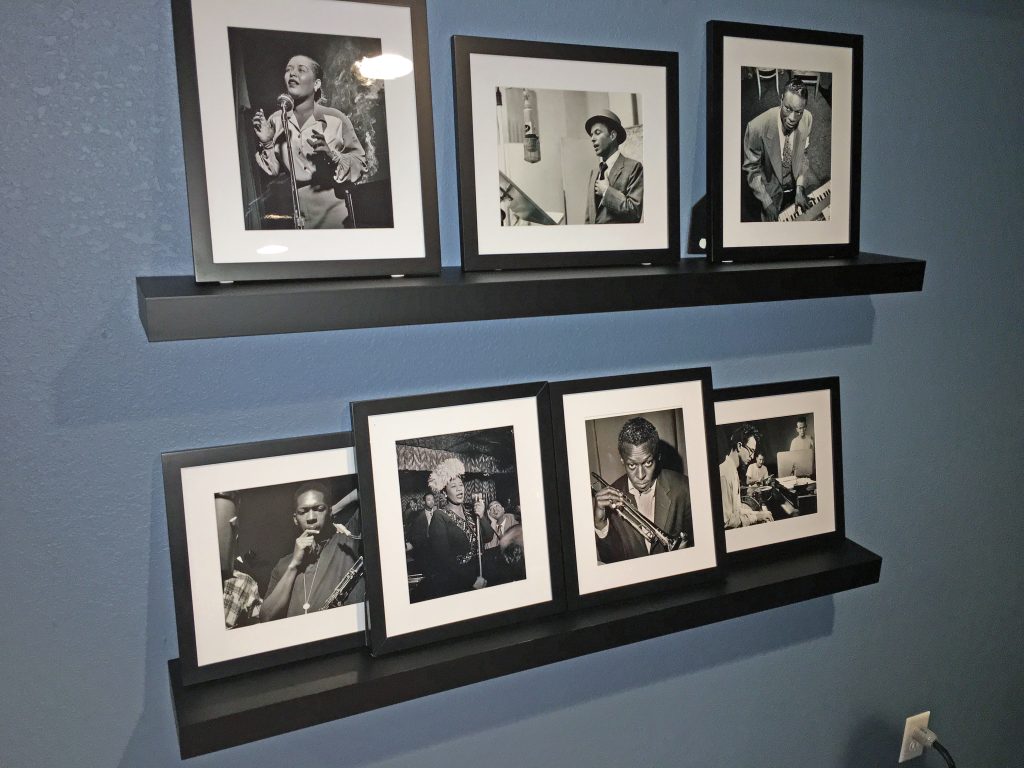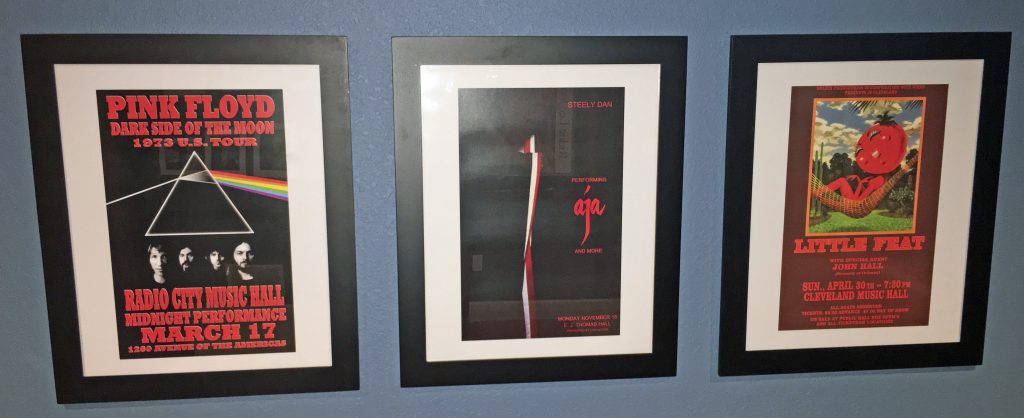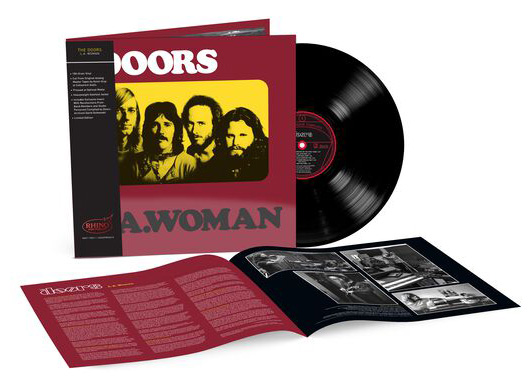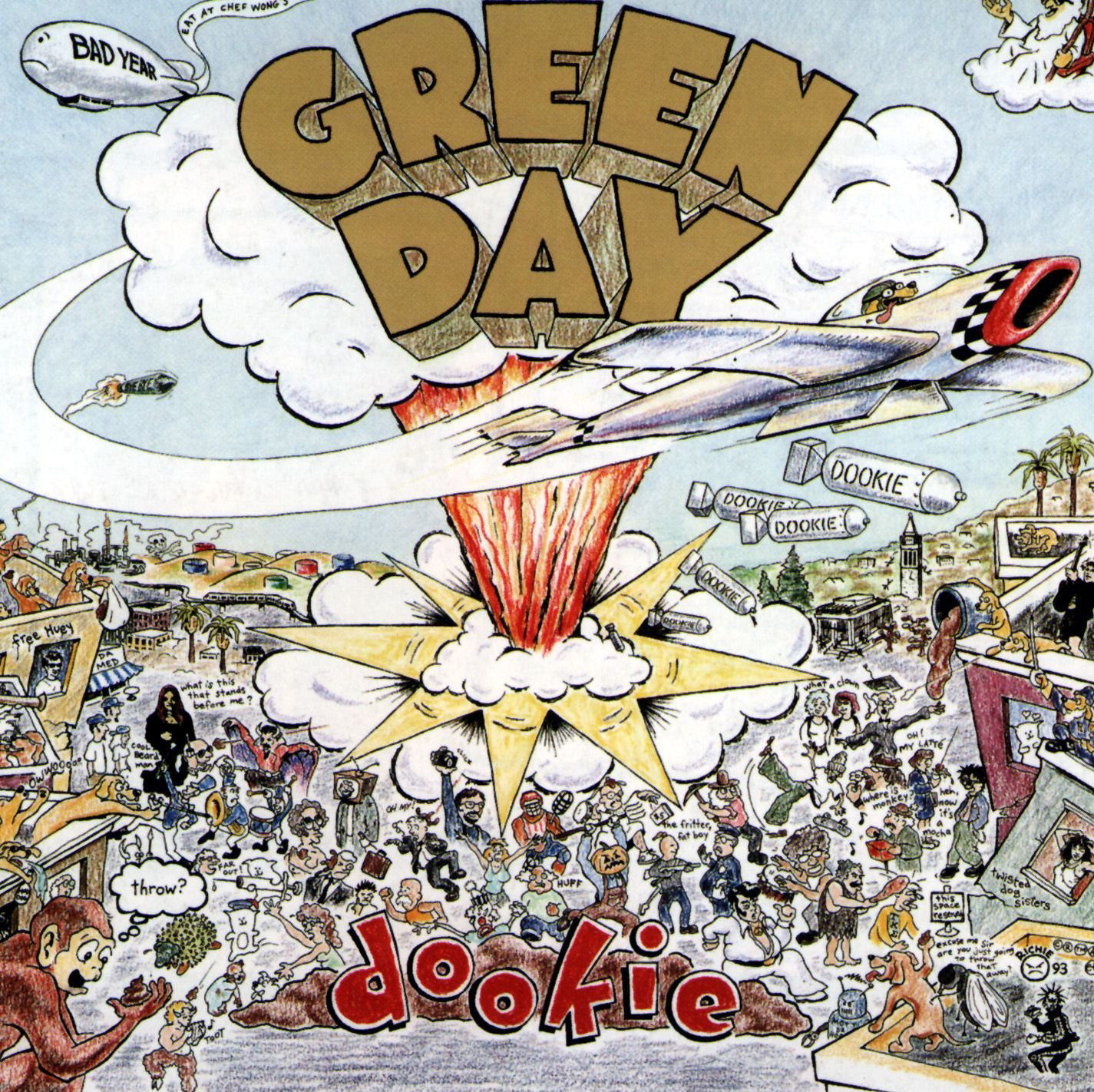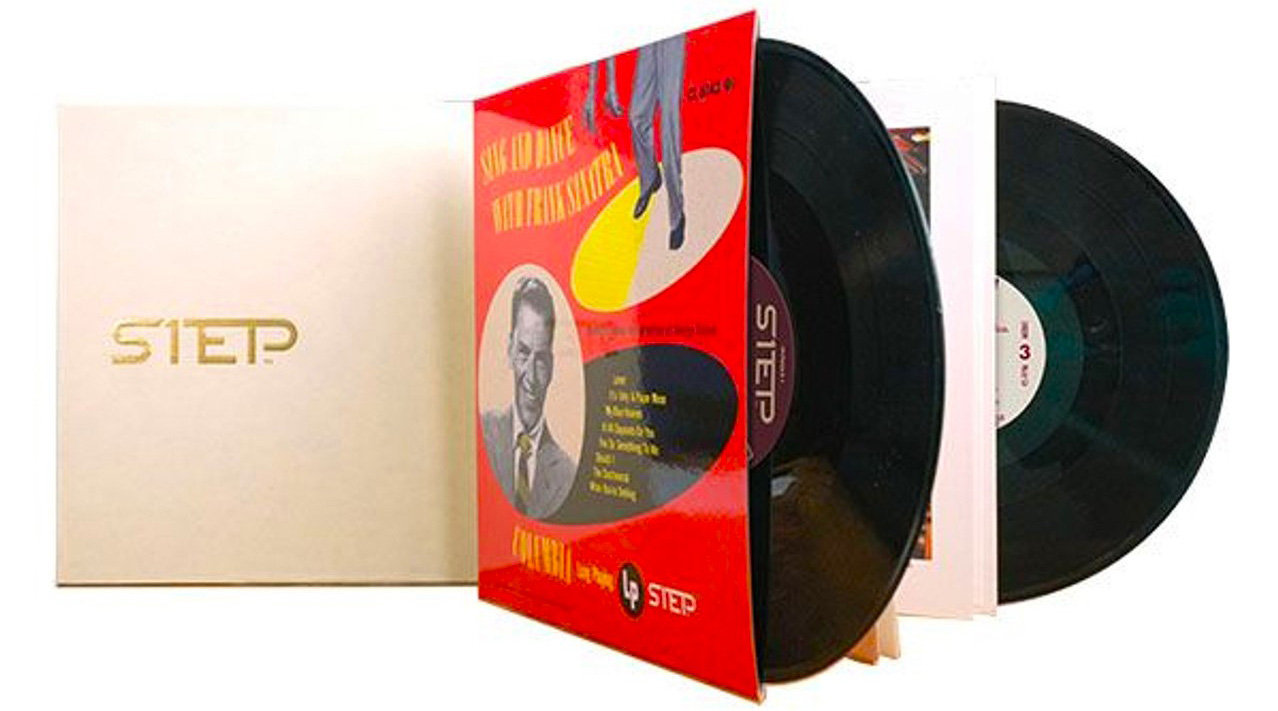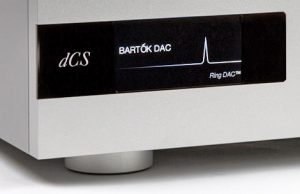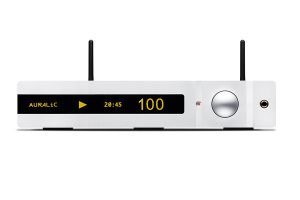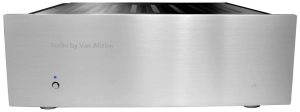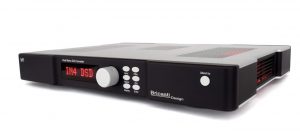I have been very excited about this review since the opportunity was presented late in 2016. The T+A PA 3000 HV integrated amplifier and PDP 3000 HV SACD/CD/DAC have both received many rave reviews over the last two years. The descriptive "rave" would be quite an understatement.
Some of my audio buds with ears that I trust were strongly recommending both and thought the PA 3000 HV would be an excellent addition to my long term series on integrated amplifiers. In fact, the word was that the PA 3000 HV would blow anything else out of the water in this category.
Well, the folks at T+A had something even better up their sleeve. A new PA 3100 HV integrated amplifier was planned for roll out in 1Q2017. It was based on the PA 3000 HV (still available) with a few upgrades and some additional options that made it even more appealing. If I could be patient, I would have the first opportunity to review the PA 3100 HV in the US market. T+A would also send along the PDP 3000 HV SACD/CD/DAC as a companion piece. Synergy was said to be mighty impressive.
Well, that was an offer that I could not refuse. I focused on several other superb if not state of the art digital front end and amplifier components during the holidays. In fact, I thought what I heard leading up to the arrival of the T+A gear established thresholds that could not be exceeded. Little did I know what was coming.
Review Systems
System 1
- Sonus Faber Stradivari Speakers
- REL No. 25 Subwoofers
- Aurender N-10 Music Server
- T+A PA 3100 HV Integrated Amplifier
- T+A PDP 3000 HV SACD/CD/DAC
- Esoteric F-05 Integrated Amplifier
- Esoteric K-01X SACD/CD/DAC
- Oppo BDP-105D SACD/CD/DAC
- Synergistic Research Element CTS Cable Throughout
System 2
- Magico S5 Speakers
- Audio Research Reference 5SE Preamplifier
- Audio Research Reference 150 Stereo Amplifier
- Audio Research Reference PH-7 Phono Stage
- Bryston BDA-3 DAC
- Aurender N-10 Music Server
- T+A PA 3100 HV Integrated Amplifier
- T+A PDP 3000 HV SACD/CD/DAC
- VPI HRX Turntable
- VPI JMW 12.6 Tonearm
- Van den Hul Condor Cartridge
- Synergistic Research Atmosphere Cable Throughout
Caveat Emptor
System synergy and personal taste are critical when evaluating high-end audio products. This review is based on my subjective requirements, my subjective ears, my specific system and my specific listening room. This combination is only one data point of many that exist out there for these components. Please consider my comments and analysis appropriately.
The Company
T+A elektroakustik GmbH & Co. KG. Take another long look at that title. T+A stands for "Theory and Application". Mark my words, you will soon be seeing this German company popping up more and more often in the recommended components list of your favorite US audio magazines. In the US market, the brand has been around for quite some time but has never received the proper deference and consideration.
This is not the latest hot brand gearing up in some Silicon Valley garage. T+A was launched in 1978 and has been a market leader in Europe ever since. Located in the town of Herford in North Rhine, Westphalia (a center for many high tech enterprises), T+A has been breaking new ground over the last thirty years with such diverse audio products as dynamic speakers, electrostatic speakers, turntables, digital to analog converters, streaming products and of course preamplifier, amplifier, and integrated amplifier designs.
Many folks are probably not aware that back in the day, T+A was a key player in active speaker research and development in parallel with Meridian, in digital audio research and development in parallel with Wadia, and with electrostatic speaker design with support from Sennheiser. Several premier companies like Soulution, Spectral and CH Precision are receiving accolades for their wide bandwidth amplifier designs, but T+A has also applied wide bandwidth technologies to their latest line of flagship components. The T+A legacy has a strong foundation.
Siegfried Amft is the original founder of the company and still leads the way as President with a strong vision and commitment to offer the very best in high end. Lothar Wiemann is the head of Research and Development and is a key contributor to many of the innovative designs implemented throughout all the product lines. Like the company name, I think you will be hearing about these two gentleman more and more often in the near future, and for good reason.
Together with a staff of over hundred employees, including fourteen graduate level hardware and software engineers, T+A continues to roll out an outstanding combination of both market and technology driven product portfolios. Make no mistake about it though, T+A is all about engineering, innovation and quality. The musicality and emotional connection that these products provide are the additional icing on the cake.
Lastly, I must also tip my hat to Jim Shannon, Export Sales Manager for T+A. The ultimate gentleman, I have rarely encountered a company representative with such an admirable epitome of technical expertise, global experience and superb communication skills. We need more like him in the industry!
Siefried Amft, Lothar Wiemann and Jim Shannon are a formidable combination. My personal level of confidence and excitement in T+A elektroakustik continues to grow the more I listen to their products and the more I learn about their accomplishments. Sorry for the love fest, but these guys and the results of their efforts are extremely impressive!
Design – PA 3100 HV Integrated Amplifier
The PA 3100 HV Integrated Amplifier is a natural extension of the PA 3000 HV integrated amplifier as most of its sub-assemblies are identical. One noteworthy difference is the pair of VU meters on the front panel VFD (Vacuum Fluorescent Display) screen, which presents the power generated per channel in logarithmic form in Watts into 4 Ohms. VFD technology was selected for higher brightness, higher contrast and longer life. Love the VU meters! Very cool for an old school guy like me!
Trickle down technology from the standalone P 3000 HV preamplifier and standalone A 3000 HV amplifier have also been implemented. Based on the circuit design of the P 3000 HV preamplifier, a revision of the preamplifier section (with a focus on D.C. coupling) has realized significant improvements in sound quality and control.
The analogue mains section and voltage power supply have also been redesigned, which is similar to that of the standalone A 3000 HV amplifier. This also makes it possible to connect the optional PS 3000 HV power supply to gain a further increase in stability and performance. This supplementary unit provides an extra 1800 watts of power, enabling the system to control and deliver the very best sound quality when driving even the toughest speaker loads.
Like the entire HV-Series, one major differentiator is the implementation of High Voltage (HV) technology. HV is utilized throughout all amplifier gain stages which provides a more linear performance and an extremely wide dynamic range when compared to conventional amplification design. This circuit topology is based on a differential cascode amplifier with individually selected audio J-FET transistors and most importantly without op-amps. Based on these design choices and the quality of the components utilized, virtually no overall negative feedback is required.
Another key design element is the implementation of CNC machined solid aluminum billet throughout the chassis for low noise and interference. Again, this is true for the entire HV series including the PDP 3000 HV SACD/CD/DAC and PS 3000 HV power supply. The front panel is 40 mm thick and most major devices and assemblies are separated by shielded chambers of 10 mm thick.
Two additional options include a phono stage for either MM or MC cartridges and an analog signal processor module to provide channel separate tone and loudness functions. The phono stage can be set up at the factory or at home. The top cover of the unit can easily be removed to access phono sensitivity, resistor and capacitor settings.
The front panel display is also utilized for system setup and management. Source selection and volume control are administered by using large rotary knobs. Audio menu settings and navigation are provided by these same controls. System setup and menu options are straight forward and intuitive. A fairly sophisticated remote is also included with controls for most basic functions and as a secondary option for system management.
RMS output per channel is rated at 300 watts into 8 ohms and 500 watts into 4 ohms. Peak output is rated at 380 watts into 8 ohms and 700 watts into 4 ohms. Power bandwidth is rated 1Hz to 150kHz. Damping factor is rated at greater than 65. Bottom line. Even without the optional PS 3000 HV power supply, the PA 3100 HV has an incredible amount of power, bandwidth, and control at all frequencies!
Outputs include one pair for RCA Preamp Out, one pair for XLR Preamp Out and one pair for RCA Recorder Out. Inputs include four pairs of XLR and seven pairs of RCA. An IEC requiring a 20-amp power cord is provided for optional after market flexibility. A 50-ohm headphone jack is also included on the front panel.
The PA 3100 HV weighs in at 38 kg (84 lbs.) with dimensions of 17 cm x 46 cm x 46 cm or approximately 6.7 inches x 18.2 inches x 18.2 inches. Two finishes are available: silver or titanium with black heat sinks for both. The industrial design of the casework is quite stunning. The message projected is one of both strength and refinement. IMHO, pride of ownership rates extremely high based on build quality and aesthetics alone. Throw in the killer sound and system management functions and you have something very special if not unique.
Sound - PA 3100 HV Integrated Amplifier
My prediction? The PA 3100 HV Integrated Amplifier will be a certified classic. After a week of burn in, something changed and just kicked down the door. Atlas shrugged and world order was redefined (sorry for the inappropriate drama but I wanted to reinforce my delight). I was not prepared for what followed.
I auditioned the PA 3100 HV and PDP 3000 HV in two different systems. Please be patient as I step you through my experiences with both systems which might just give readers an interesting insight and perspective with a wide range of components.
My own listening room has been completely dismantled and I am rebuilding from the ground up. My key objectives are to downsize and consolidate. My new Sonus Faber Stradivari speakers (apparently the last pair off the boat from Italy before being discontinued) and a pair of REL No. 25 subwoofers are my first two building blocks.
Yes, the Strads are voiced just slightly to the romantic side of neutral, but it is the one speaker that both my wife and I can agree on and enjoy without reservations. The REL No. 25 subs are amazing. I had some initial concerns about speed and system integration with those large 15" drivers and the performance of it's 1000 Watt digital amp, but these babies are as fast and musical as I could have ever imagined. Stay tuned for my reviews.
Paired with the Strads, the PA 3100 HV ($21,500) quickly reminded me of my two favorite integrated amplifiers, the D'Agostino Momentum ($45,000) and Vitus RI-100 ($13,200). Yes, I realize from a price perspective that this is not an apples to apples comparison. On the other hand, we all know that price is not always an indicator of sound quality and system compatibility. Of the dozen or so analog integrated amplifiers that I have reviewed over the last four years, these three are clearly the premier performers based on my ears and biases.
The overall tone, timbre, and performance of the PA 3100 HV fell somewhere between the Vitus and the D'Agostino. In my system, the Vitus was always very close to neutral with plenty of speed and detail along with a magnificent amount of muscle and authority in the low end. The D'Agostino was no slouch in bass performance, but what stood out for me was an additional fine layer of rich harmonics and a wonderful sense of liquidity.
The PA 3100 HV exceeded the Vitus in terms of blunt power and slam while yielding almost the same rich timbral purity of the D'Agostino. The best of both worlds? These three are so close that I would be very careful with system matching before making that final call. Needless to say, the PA 3100 HV can compete with the very best.
Let's dig into the specific frequency ranges after auditioning the PA 3100 HV in a second system. Two of my friends helped me transport both T+A components from my residence to a third friends home not far from my metro area. I am very familiar with this system having heard it several times over the last two years. Four sets of ears can be very educational.
Recent additions to this system include the Aurender N10 music server and Bryston MPA-3 DAC. Other components include the original Magico S5 speakers (not the new MKII), the Audio Research Reference 5 SE Preamplifier, Reference 150 Stereo Amplifier and PH-7 phono stage. Lastly, this system did a wonderful job of showcasing the VPI HRX turntable, VPI JMW 12.6 tonearm, and the Van den Hul Condor cartridge.
First off, this primarily tube based system is one of the best that I have ever personally experienced, tube or solid-state. The detail and speed of the Magico S5 speakers are an excellent match with the harmonic tone and balance of the Audio Research separate components. From top to bottom, you will be sitting on the edge of your seat while listening to virtually any genre of music. It is very impressive.
Its tough to beat tubes for midrange magic. The PA 3100 HV held its own and then some. Female vocals had a sense of ease and seduction that could satisfy even the most discerning. Closely mic'd saxophone had plenty of spit, spittle and woodiness—much like the real thing. Piano had all the proper timbre and weight that rarely comes through even in the very best recordings. Solid-state midrange vs tubes? In this case, you could flip a coin.
Highs were close but I vote for the PA 3100 HV. Slightly more resolving and extended, the PA 3100 HV lost none of the sweetness of the Audio Research gear but also had additional attack and a seamless transition to the mids. Everything just fell into place with no gaps or noticeable transitions. Whether it be the difference between violins and violas or gut verses nylon strings on acoustic guitar, my ears told me that the PA 3100 HV made a difference and took the sound to another level.
As stated earlier, the bass performance of the PA 3100 HV is something special and differentiates it from the competition. I immediately noticed additional control and focus on the Magico S5 speakers along with tremendous bottom end wallop and grunt. In addition to this system, I have greatly enjoyed listening to the S5 speakers at several shows, and I have never heard them unleash this quality of physical power. I can only imagine what might happen if we added the optional 1800 Watt PS 3000 HV power supply. Solid-state bass? Another tough one to beat when executed properly. Another vote for the PA 3100 HV.
The Magico S5 speakers are extremely revealing. Pushed by the PA 3100 HV, sound stage depth and width were noticeably better defined with additional air and ambiance. Solid three dimensional images were the norm. For large symphonies and opera, the location of instruments and vocalists were all well layered and organized. Spatial cues consistently popped out of a deep black background to surprise the listener again and again. It doesn't get any better than this other than being at the real event itself.
Sound - PH-MC Phono Stage
One of the many reasons that I wanted to hear the PA 3100 HV in this second system was to compare its optional PH-MC phono stage with the Audio Research PH-7 phono preamplifier (a highly regarded bench mark from any perspective). The VPI HRX turntable, VPI Memorial 12.6 arm and Van den Hul Condor cartridge make for an excellent challenge. I owned the VPI Aries II Extended turntable with the same arm and cartridge for several years, so I was very familiar with what might be possible.
The PH-MC phono stage was set up at the factory for the Van den Hul Condor cartridge. Specifications included an output voltage of .45mV/channel, a load impedance of 1000 Ohms and a resistance of 62 Ohms. Setup and tweaking is also possible at home by removing a few screws and the protective lid on the chassis. Per the manual, the flexibility and number of potential options for gain, resistor and capacitor settings is extensive. Gain is adjustable from 60 to 80dB to accommodate the output level of the cartridge. Accordingly, this phono stage should have no trouble supporting most low output MC cartridges.
With an MSRP of $1850, the PH-MC phono stage option is a real bargain. Compared to the PH-7, I noticed slightly less weight and density in the bottom end, and possibly less air and openness around individual instruments, but otherwise sound quality exceeded my expectations. It is also possible that these inconsistencies are overly stated and could be rectified if more time was available to adjust settings.
Having said all that, there were several things about the PH-MC that clearly stood out. It was easy to hear an immediate sense of proper bloom and timbre at all frequencies. There was a certain clarity and beauty to the sound of strings and woodwinds in particular. Classical music and jazz seemed to just jump out of the grooves like only the very best analog can do. Hip hop and rock also exploded with plenty of jump factor and dynamic contrast. Bottom line. There was a rhythmic vitality and correctness to the sound regardless of the genre. Gosh I love analog done right. Great sound. Big value.
Design - PDP 3000 HV SACD/CD/DAC
When it comes to digital front ends, I have to give T+A some big kudos for the creativity and confidence to take a different path than most in the industry. These days, there are only a few brands left that have rolled out new single chassis solutions that include both CD and SACD transport along with a DAC for PCM and DSD playback. Most new products are single chassis designs for only CD transport/playback, or only DSD DAC functionality or only PCM DAC functionality. SACD transport and integration are not the norm.
Many DACs can support both PCM and DSD, but typically these are either PCM or DSD DACs that convert native formats to what ever singular format is needed for that particular design. Many would argue that this conversion can compromise the end result and sound quality.
T+A takes this commitment to a one chassis integrated solution even further. Yes, the PDP 3000 HV has both CD and SACD transport, but rather than one DAC to support both PCM and DSD, it has two independent DACs and each are designed and dedicated to only one format. One DSD DAC is provided for all native DSD and one PCM DAC is provided for all native PCM. This of course makes the final integrated design more elaborate and costly, but it avoids the compromises.
On the other hand, many would argue that this yields a simpler and cleaner conversion for each format. It also allows for additional innovation and flexibility to design the very best DAC to support each format. Yes, as proclaimed earlier, this all takes creativity and confidence, but it also takes a very sophisticated level of design expertise which T+A clearly has demonstrated over and over again with their entire portfolio. All I can say is "Bravo" to T+A!
Another differentiator is the SACD/CD transport which is fully shielded and housed in a machined solid aluminum case which isolates it from the rest of the chassis. The disc carrier block is mounted on two close-tolerance pushrods which completely de-couples it from the heavy outer case. A high-torque synchronous motor moves the disc carrier by means of a precision-made de-coupled spindle.
The top-loading tray makes it easy to insert discs without damaging them. Discs are held in place by an anti-resonance puck. Along with the Esoteric K-01X, I have never experienced a more highly engineered and stable transport. Silky smooth and so quiet that you will find yourself totally captivated by the Swiss watch like movement and sound (or lack of it) as the tray opens and closes.
As stated earlier, there are separate signal paths for PCM and DSD. One pair of XLR outputs and one pair of RCA outputs are provided for each DAC and its own dedicated fully balanced, dual mono output stage. There are also two IEC power inputs. One is dedicated to analog components and related circuitry and the second is dedicated to digital components and related circuitry. This prevents the noise inherent in all digital circuits from having any affect on the analog output stages. Additional separation and isolation is provided by the use of galvanic isolation between the connections of the digital and analog circuits internally.
The DSD DAC is a custom design with discrete components and 1-bit conversion. DSD is supported up to DSD512. The PCM DAC uses eight TI Burr-Brown 32-bit/384khz Delta-Sigma circuits in what T+A calls a "Double-Differential-Quadruple-Converter" alignment. PCM is supported up to 352.4/384 kSps. Please see the table below for all digital inputs and outputs along with supported word and sampling rates.
Four DSP filters are offered for all formats: FIR short, FIR long, Bezier/IIR, and Bezier. For SACD there are two additional filters: SACD1 and SACD2. For DSD there are four additional settings: DSD Mode 1, DSD Mode 2, DSD Mode 3, and True DSD (no filter).
As I stepped through the filter selection menu from SACD1 to SACD2 and also from DSD Mode 1 to True DSD, I found that the sound clearly opened up and became much more dynamic at the higher settings. After some experimentation with both systems, I set my filter options to the following and never looked back: Bezier, SACD2 and True DSD. As always, you need to experiment to establish your own system needs.
Please note that for the DSD filters, T+A recommends that final selections should be made with reasonable caution based on the amplifier and speakers in use. Certain amplifiers that are not designed for truly wide bandwidth linearity can oscillate or otherwise misbehave when fed a very wide bandwidth signal. This type of amplifier misbehavior is the most common cause of tweeter damage. T+A has designed their entire range of amplification products to be stable at very wide bandwidths (up to 200kHz), which they believe offers the greatest accuracy and linearity of performance within this critical audio bandwidth. Please see the T+A website for additional information on all filters and appropriate recommendations.
The PDP 3000 HV weighs in at 26 kg (57 lbs.) with dimensions of 17 cm x 46 cm x 46 cm or approximately 6.7 inches x 18.2 inches x 18.2 inches. Two finishes are available: silver or titanium with black heat sinks for both. An attractive large VFD display is easy to see from normal sitting distances. Two large knobs control source, menu and select options. A remote is provided that matches the same provided by the PDP 3100 HV integrated amplifier.
Again, like the PA 3100 HV integrated amplifier, the industrial design of the PDP 3000 HV casework is absolutely mesmerizing. Placed in a simple two shelf rack system, the exquisite pairing of the PA 3100 HV Integrated Amplifier and the PDP 3000 HV SACD/CD/DAC will have you and your friends marveling at the style and sophistication.
Inputs and Outputs - PDP 3000 HV SACD/CD/DAC
Analog Outputs
- (2) Balanced (XLR)
- (2) Unbalanced (RCA)
Digital Inputs
- (1) AES-EBU (192 kSps /24 Bit)
- (1) Coax (192 kSps/24 Bit)
- (2) BNC (192 kSps/24 Bit)
- (2) TOS-Link (96 kSps /24 Bit)
Digital USB Input
- (1) USB: Device-Mode - up to 384 kSps (LPCM) and DSD512* supports asynchronous data transfer
* DSD256 and DSD512 only with a Windows PC with appropriate driver installed
Digital Outputs
- (1) Coax, IEC 60958 S/P-DIF (LPCM)
- (1) AES-EBU (192 kSps /24 Bit)
Sound - PDP 3000 HV CACD/CD/DAC Player
I have been spoiled when it comes to digital playback. For the last several years, the Playback Designs MPS-5 SACD/CD/DAC player has been my standard. Many single chassis integrated players and standalone DACs have come through my listening room, but never was the MPS-5 really challenged. Many rank the MPS-5 as still one of the best, but I think the tide is turning. I have not had a chance to formally audition the new Playback Designs' Sonoma Series just yet, but I have heard nothing but good things and of course we have the legacy of the esteemed Andreas Koch leading the way. We shall see.
One digital front end that really knocked my socks off was the Esoteric K-01X SACD/CD/DAC. Another single chassis solution that can do it all, it provides a nice contrast to the PDP 3000 HV. It does not have independent DACs for PCM and DSD, but beyond that, it does have all the engineering, technology and quality you could ask for. Please see my glowing Positive Feedback review HERE.
Based on my experience, these three continue to rise above the rest of the single chassis competition, so let's compare my general impressions. One area that the MPS-5 consistently resisted all challengers for many years was in the lower octaves. The simple truth? The K-01X and PDP 3000 HV are both considerably better.
I would say that the K-01X reaches deeper into this frequency range and with more agility and slam. In contrast, the PDP 3000 HV provides a richer palette of color and purity, though did not sacrifice much of what the K-01X can offer. No, I am not discussing midrange. The PDP 3000 HV delivers something so wonderful and so different for bass performance that we can actually discuss the results in terms of palette, color and purity.
In the mids, the PDP 3000 HV affords a more rounded and palpable performance with plenty of harmonics and seduction. It definitely provides a sweetness and a level of PRAT (pace, rhythm, and timing) that for my ears sounds astonishingly accurate and wonderfully coherent. The K-01X is the king of speed and detail. Never analytical, there is just a tremendous amount of information that naturally and comfortably flows through. It will keep your attention and make you yearn for more. The MPS-5 provides an attractive compromise between these two assessments, but my bet is that depending on your biases and your system, the other two will raise the goose bumps to another level.
Highs are exemplary for all three. There is more of a golden glow with the PDP 3000 HV and slightly more extension with the K-01X, yet you would be hard pressed to really hear this without some very very intense evaluation. Several words seem to pop up again and again in my notes during individual listening sessions for each: resolution, texture, attack, immediacy. Rarely if ever did I experience edge or grain. All three demonstrate how fabulous digital can be when executed properly in the upper frequencies.
Beyond the general SQ comparisons, there is always the question of performance based on format. I found that the K-01X and PDP 3000 HV both demonstrated CD and SACD playback that well exceeded all previous suppositions. I know, that's quite a statement. But the results are fairly easy to hear.
It would be tough to say that one was better than the other considering the slightly different flavors that I mentioned earlier. Both deserve the highest grades across the standard audiophile check list, but more importantly, both had me more emotionally connected and engaged than ever before for each of these formats. Finally, the full potential of our silver disc collections are brilliantly realized!
Let's move over to my ever expanding collection of music files. Again, the K-01X and PDP 3000 HV reached new bench marks. PCM reproduction at all word lengths and sampling rates were the best ever. It's been said before, but it is well worth repeating. We are now very close to merging the best qualities of both analog and digital. Both machines support this realization. So much so, that for the first time my wife never asked me to reach for her standard list of LP selections during system evaluation. She was very happy with several all digital sessions. I have always proclaimed that her ears are better than mine, so this says a bunch.
DSD was an interesting category. There was a difference to my ears between the three machines. Both the K-01X and PDP 3000 HV were considerably better than the MPS-5. Both reached another level of transparency. Both were more dynamic and lifelike.
Using the PDP 3000 HV, I found that DSD64 and DSD128 files reached new measures of performance even beyond that of the K-01X. The Aurender N10 does not support DSD256 or DSD512, so I could not compare those sampling rates. Hard to put my finger on it, but there just seemed to be slightly more air around individual voices and instruments. Micro and macro contrasts were slightly more defined and compelling. Images were slightly more fleshed out and coherent. Not a huge difference but noticeable. Could this be the dedicated DSD DAC in the PDP 3000 HV? There just might be some logic behind what I was hearing.
Additional Considerations
I am not going to get into a DSD verses PCM argument here. Maybe DSD is not on your radar or a critical consideration for your listening needs. Who knows if the major record companies or streaming services will ever really support DSD and provide the titles that will attract the mainstream public. I will leave these issues for another discussion and article.
However, it is important to consider that the PDP 3000 HV supports DSD512, which is not always the case with many DSD DACs and of course PCM DACs. Yes, there is not much if any DSD512 music material out there just yet, but supporting DSD512 may become important for another reason.
There is quite a buzz on the Internet about converting and up sampling both DSD and PCM files to higher sampling rates of DSD. Though different, this basic logic has been implemented with the PS Audio DirectStream DAC and also the Sound Galleries SGM 2015 music server.
In the case of the DirectStream DAC, all PCM and DSD files are converted and upsampled to ten times standard DSD rate. The SGM 2015 uses HQ Player software to convert and upsample to DSD512. For the SG 2015, this means that you need a DAC that supports DSD512 to take advantage of this strategy. BTW, my understanding is that JRiver software will also support upsampling to DSD512 on your PC server. The rumor mill is that Roon will also support DSD512 in the near future.
Feedback for both the SGM 2015 and DirectStream implementations has been very positive. In some cases, ecstatic. I would caution though, and as we all know, sound quality is very subjective. There are plenty of PCM believers still out there who have heard it all and are still sticking to their guns. That is one reason why T+A has gone to the far extreme to provide the best of both worlds with two independent DACs.
Sound Galleries has been demonstrating the SGM 2015 at various shows throughout the world. Like the PS Audio DirectStream, it has also received several favorable reviews. Though the SGM 2015 has been demonstrated with several DACs, the current preference seems to be the T+A DAC8 DSD ($3995). This combination has been the recipient of most of the attention and adulation.
The DAC8 DSD is the mid-price standalone DAC offering from T+A. It utilizes some of the same philosophy and technology as the flagship PDP 3000 HV. Independent DACs for DSD and PCM are also implemented in the design. Even beyond the feedback from the SGM 2015 combination, the DAC8 DSD seems to be the darling of the Internet at the moment. Just wanted you to be aware of another option to seek out as the digital world sorts itself out. I have to wonder what the flagship PDP 3000 HV and SGM 2015 combination would sound like. Ah, the journey never ends.
Music
To keep it simple, the following comments are specific to the PA 3100 HV integrated amplifier and the PDP 3000 HV SACD/CD/DAC as utilized together in System 1 and System 2. Please see the components listed earlier in the review.
BTW, you may be wondering if there was any synergy when used together. You bet there was! Across the board! Just bump it all up a notch! It makes sense that the same designers and their respective voicing priorities would result in something very synergistic. The end result can be difficult to describe and articulate. Let's take a shot anyway when describing the music.
Elton John, Goodbye Yellow Brick Road (DSD64)
An all time classic, Goodbye Yellow Brick Road was recorded at the famous Château d'Hérouville just outside of Paris, France. Released in 1973, this was Elton John's first double album and sold more than 30 million copies. Legend has it that Bernie Taupin wrote the lyrics in two and a half weeks and Elton John composed most of the music in three days while both stayed at the Pink Flamingo Hotel in Kingston, Jamaica.
I have the album in several formats including original vinyl, MFSL vinyl, CD, and now DSD64. This recording was always considered one of his better recorded albums, but the DSD64 release from Acoustic Sounds is absolutely amazing. The PA 3100 HV and PDP 3000 HV grab all those bits and bytes and had me laughing out loud from the get go.
The first cut "Funeral for a Friend/Love Lies Bleeding", is a multi-track instrumental that Elton wrote while trying to imagine what he'd like to hear at his own funeral. Over eleven minutes long, the song begins quietly and builds to an incredible crescendo of orchestral thunder and lightening.
For this album, I have never heard the sound stage extend so far in every direction. Each instrument and sound effect just seems to hang in the air with more detail and energy than ever before. Church bells, wind noise, chimes, castanets, synthesizer, organ, piano—it's all there but with so much more transparency and excitement. As "Funeral for a Friend" segues into "Love Lies Bleeding", Davey Johnston's guitar riff enters the picture and will have you raise a fist to the air! One of the better DSD albums in my collection!
John Coltrane, Blue Train (SACD)
I listened to a bunch of Coltrane with these components. He continues to simply astound me with his playing abilities, tone and variety of compositions and covers. It was hard to pick one album to discuss here, but Blue Train seemed appropriate.
Released in 1958 on the Blue Note label, and recorded at the Van Gelder Studios, it was the only Blue Note recording by Coltrane where he was the actual leader of the session. Group members included Paul Chambers on bass, Philly Joe Jones on drums, Lee Morgan on trumpet, Curtis Fuller on trombone, Kenny Drew on piano and of course John Coltrane on tenor sax. Coltrane has been quoted as saying that Blue Train was his favorite album in his personal catalog.
This is an excellent example of how the PDP 3000 HV takes the SACD format to another level. Results clearly demonstrate the superiority that SACD can offer when executed properly for both reissue production values and component playback—even in some cases over the original LP pressing and especially the original CD release. This Analogue Productions SACD reissue is spectacular! To be fair, I did not have any of several audiophile vinyl pressings available for comparison, but the results are still remarkable.
"Locomotion" is my favorite track on the album. Instruments are nicely laid out across the soundstage and more clearly delineated than other formats. Coltrane is at his best and though the recording feels like you are sitting back a few rows, you can clearly hear all the woody timbre and texture of his sax. Curtis Fuller is especially entertaining as you can distinctly hear the metal grinding and the "slippin and a sliddin" of his trombone solo. Lastly, the additional weight and power of the rhythm section comes through loud and strong—much more realistic than the original LP pressing.
George Frideric Handel, Water Music, Philharmonic Baroque Orchestra - Nicholas McGegan (LP)
Recorded and released on the Harmonia Mundi France label in 1988, this vinyl LP pressing is my go to version of Water Music. There are dozens out there, but this Nicholas McGegan period-instrument account is an excellent combination of both performance and sound quality. Mostly American musicians, the recording venue was the intimate Lone Mountain College Chapel in San Francisco.
As the story goes, in 1717 King George I commissioned George Frideric Handel (1685-1750) to write something festive for a little river party he was throwing for a group of local dignitaries and several ambassadors. Fifty musicians were stationed along the King's barge supporting a variety of instruments including: trumpets, hunting horns, oboes, bassoons, German flutes, French flutes, violins and bass, but no singers. The King was so enamored that he had them repeat the performance three times, before and after dinner. The rest is history.
The PA 3100 HV integrated amplifier, PH-MC phono stage and Van den Hul Condor cartridge serve the recording well. Immediately you get an excellent sense of authenticity and scale. The sound is quite vibrant and rich which again brings out the the attraction to period pieces and supporting production.
Violins and bass are particularly well represented. Brass and bassoons have a lifelike immediacy and float nicely throughout the sound stage. Your speakers will just disappear and you are left with an intimate and exquisitely revealing experience. Again, analog done right!
Final Thoughts
For me, the T+A PA 3100 HV integrated amplifier and the PDP 3000 HV SACD/CD/DAC are two of the top players in their respective component categories. Depending on compatibility and specific system needs, maybe even the gold standard for now. Of course, I have not heard everything and there seems to be something new announced every day—especially in the digital world. But, compared to some of the very best, there is no question that they perform at an elite level and will provide enjoyment for years to come. When you take into account the engineering, technology and quality that is implemented throughout, these two are an absolute must audition. Highly recommended!
PA 3100 HV Integrated Amplifier
Retail: $21,500
PDP 3000 HV SACD/CD/DAC
Retail: $22,500
PS 3000 HV Power Supply
Retail: $13,500
PH-MC Phono Stage
Retail: $1850
T+A elektroakustik GmbH & Co. KG
Planckstraße 9 – 11
32052 Herford, Germany
P: +49 (0)52 21 / 76 76 – 0




